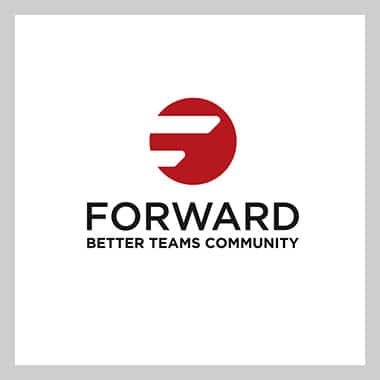Where Did the Grow Model Come From?
The GROW Coaching Model is one of the most widely used coaching model. This model was developed by Sir John Whitmore in the early 1980s. Whitmore’s book, Coaching for Performance, is a must read for any coach or leader who wants pragmatic tools and processes by which to coach employees to success. While this model is designed to be used in one-to-one coaching sessions, it can also be adapted to teams.

What is the GROW Model?
The GROW model is a four-part coaching process that guides the Coachee to develop a goal, explore reality, brainstorm options and decide what they will do. Below is a simplified description about each step:
First, the “G” is for Goal Setting. In this step, the goal of the session is established. The goal for the session should be SMART (Specific, Measurable, Agreed, Realistic and Time Framed). It’s also important that the goal is inspiring and written as a positive statement. For example, a leader might have the goal, “I’d like to develop the key points I’ll be including in a message I will be delivering to my team about the upcoming organizational change next week.”
Next, comes the “R” which is a look at the Reality of the situation. During this phase, which can be up to half of the time of the session, the Coachee and Coach explore the current state. Looking at the situation from many perspectives, working through a SWOT analysis, and/or listing out what is happening now. The Coach can be especially helpful here by asking questions that get the Coachee to think about the current state from different points of view. The Coach is usually able to be more objective about the Coachee’s challenge and can ask questions to help the Coachee gain a deeper awareness of the situation.
After the reality discussion comes “O,” the Options. This stage is the creative stage where the Coachee and then the Coach list out as many possible options as possible. At first, it is important not to judge the options, just to collect them. Attempt to think of some out-of-the-box options too. Consider merging or blending options to come up with new ones. Once the list has been exhausted, the Coachee sorts and evaluates the options and decides on the options(s) to pursue.
Finally, the “W” step is to determine what Will the Coachee do. There are two stages to this step. The first stage involves getting clear about the specific actions, deadlines and measurements for the selected options. The second stage comes latter. Here, the Coach and Coachee review how things went, identify insights and lessons learned and if needed look at ways to overcome obstacles. The Will step covers the what, when and how questions to ensure the goal is accomplished. Will also involves the “will” or desire of the Coachee – which must be present to drive action towards the goal.
How to Use GROW with a Team
Just like individuals, teams also need to establish goals and have a process in place to ensure those goals of whether the team is planning for an important presentation or organizing about how to sell a certain number of widgets, they can use this model.
First, the team will begin with a clear measurable goal. The team’s goal must be clearly understood by all. It must be measurable. Writing the goal and posting it ensures everyone is working towards the same thing.
Second, the team must be grounded in reality. It takes time to ensure they have examined the situation at hand from all angles to gain a full understanding. Objectively asking questions and examining current state will help them determine the best options in the next step.
Using the power of collective intelligence, a team then creates diverse options to consider. Teams should come up with many options and stretch themselves to consider new solutions. Then, they collaborate, debate and decide which options to pursue. This may involve doing some more reality checking first. Once the full team is committed to the options, its time to move on to the Will step.
Now, the team needs to create clear plans including the actions, owners of the actions and deadlines. This stage ensures accountability. The team is uniting around action steps or strategies and setting themselves up to achieve them. These actions need to be written and shared with the team. Later, they need to check back in with each other on a regular basis to continue to move forward. Sometimes the team will need to recalibrate. When the team accomplishes their goal, it’s time to celebrate.
Summary
The simplicity of the GROW model provides a practical approach to both one-on-one coaching and for teams who are working on goals together. Each step, defining the goal, examining the reality, exploring the options and establishing how it will get done is critical.
For more information about the GROW Model, read Coaching for Performance by Sir John Whitmore.
About the Author: Leigh Ann Rodgers, Founder of Better Teams and Forward, is an IAF Certified Professional Facilitator with 20 years of experience in the human development field. Leigh Ann is a skilled meeting facilitator, trainer, and coach working across the globe to help leaders cultivate teams that are happy and high-performing.
Learn. Share. Practice. Move FORWARD. Join the Better Teams community, FORWARD, to network and grow with some of the most experienced professionals in the field of team building and facilitation. LEARN MORE


One Response
Hello, I wonder your team games:))
Thank you for everything